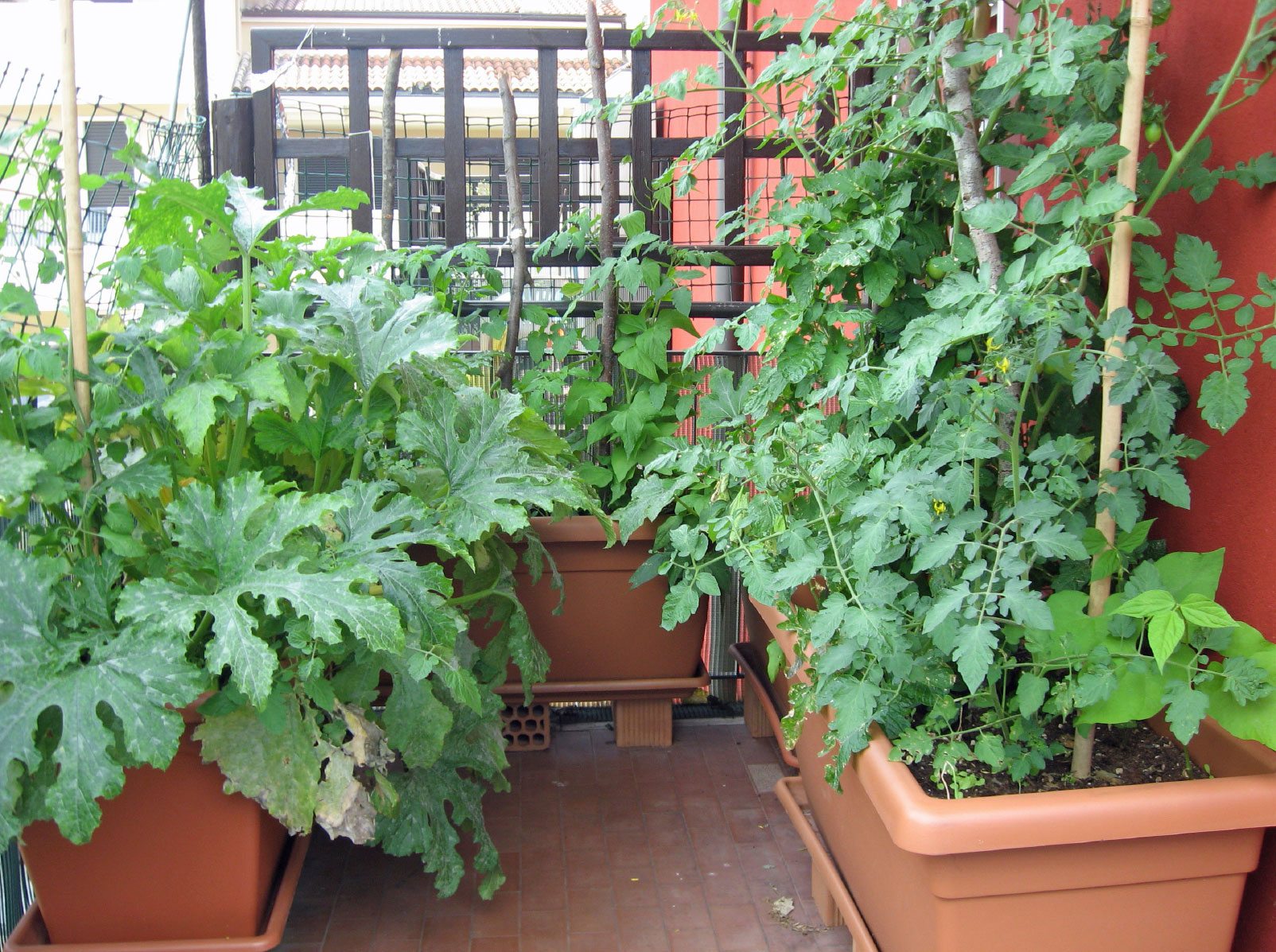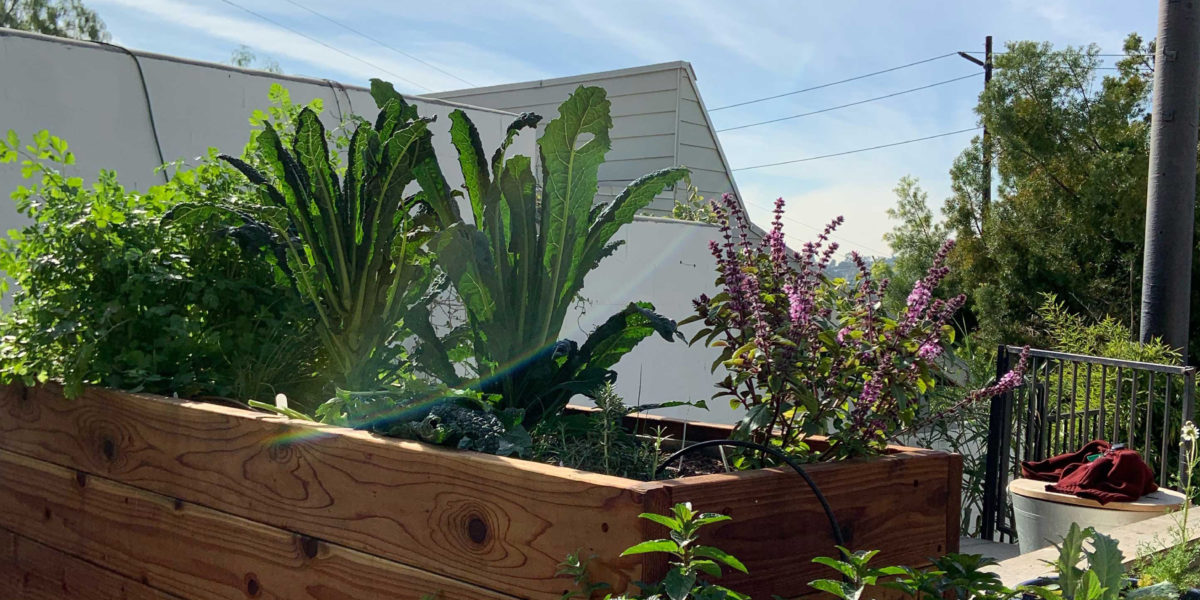9 Easy Facts About City Blooming Explained
Table of ContentsSome Of City BloomingGet This Report about City BloomingThe 25-Second Trick For City BloomingA Biased View of City BloomingThe Buzz on City Blooming
Fascinated in growing food offer for sale in the City of Chicago? Thinking concerning starting a community yard? Changes to the Chicago Zoning Ordinance permit agricultural usages like area gardens and city ranches in many components of the city. Below is a list of often asked inquiries regarding the policies and policies that growers need to think about when intending a metropolitan farming project.
The zoning change does not modify any kind of other codes managing composting, structure authorizations, purchasing or renting City possessed residential or commercial property, service licenses or environmental contamination. There are existing codes that control these concerns and they stay in complete result and may apply to your project. Community gardens are normally possessed or handled by public entities, public companies or community-based companies and preserved by volunteers.
Urban ranches expand food that is intended to be marketed, either on a nonprofit or for-profit basis. Because of their business objective, urban farms need a service license. Yes. A community garden is permitted to market excess generate that was grown on site if the sales are accessory or subordinate to the garden's primary purpose explained over.
The 5-Second Trick For City Blooming
The quantity of garden compost material can not surpass 25 cubic backyards at any provided time according to the standards in 7-28-715 of the City's Municipal Code. Due to the fact that the soil at most brand-new yard sites needs amending, compost, dirt, timber chips, or other products can be gotten to build or boost the growing space.

If a structure permit is required then the hoophouse will certainly be taken into consideration an accessory building. You can discover even more concerning the building license demands by getting in touch with the Division of Buildings. The 25,000-square-foot size restriction is intended to stop a single community garden from controling a given block or taking away from the block's existing residential or industrial character.
The limit does not apply to gardens located in Public Open Area (POS) districts. Can there be more than one area garden that is 25,000 square feet on a single block? Fence is not called for, nonetheless, gardens that have big car parking locations might be called for to set up fence or other landscape design functions.
Some Known Incorrect Statements About City Blooming
B1 & B2 areas need that all business use activities be conducted inside your home. R areas limit commercial activity. The regulations show the purpose and intent of the Zoning Code. Is fencing required for urban farms? Yes. Fencings may be called for, in addition to landscape design and screening, for certain parking areas and outdoor work or storage space locations depending on place and the certain task taking location.
Yes. Urban farms call for building authorizations and zoning approvals prior to building and construction. Other types of city evaluation may be required depending on certain frameworks, tasks, dimension, landscape design, licensing, public health and stormwater administration issues. Most of these requirements are determined in the task design or allowing process, however, the applicant may be accountable to separately recognize details licenses or permits that might be needed.
Yes. The kind of certificate is determined by what is occurring at the site. The Department of Service Affairs and Consumer Security can aid establish the particular kind of organization permit that's required. Yes. Off road auto parking is needed for most industrial jobs in Chicago. The needed number of vehicle parking spaces is based on the variety of staff members dealing with site and not the square footage of the expanding room.
About City Blooming

Yes. A metropolitan ranch can sell compost material created on site, however, the procedure should conform with the laws in 7-28-715 of the Chicago Municipal Code. Yes. Aquaponic systems are allowed inside your home on city ranches in many zoning districts. Nevertheless, a zoning testimonial and structure permit is required in order to install structures or systems and an organization certificate is called for as described above.
As much as five hives or nests of honey bees may be kept as an accessory usage. However, beekeepers have to sign up with the Illinois Department of Agriculture. For more information about the proposed zoning modification you may contact the Division of Housing and Economic Development, Bureau of Preparation and Zoning at 312.744.8563.
Farming in cities and city areas An urban ranch in Chicago. Urban agriculture refers to various techniques of cultivating. https://telegra.ph/City-Gardening-Embracing-Green-Spaces-in-Urban-Life-06-27, handling, and dispersing food in city areas. The term likewise page uses to the area activities of pet husbandry, tank farming, beekeeping, and cultivation in a city context. Urban agriculture is differentiated from peri-urban agriculture, which occurs in country locations at the edge of suburbs.
City Blooming Can Be Fun For Everyone
It can involve a movement of natural cultivators, "foodies" and "locavores", that seek to create social media networks based on a common values of nature and community holism. These networks can create by means of formal institutional assistance, ending up being integrated right into local community planning as a "change town" motion for lasting urban growth.
Some of the initial proof of urban agriculture comes from Mesopotamia.